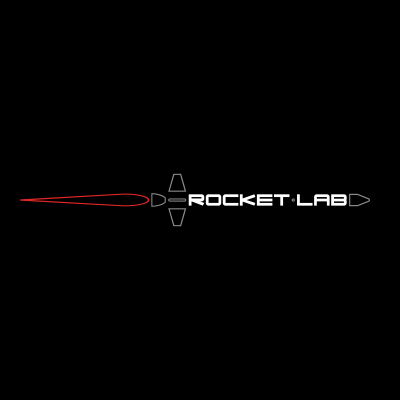Shortly after successfully 3D printing the engine and all primary components, Rocket Lab has announced the completion of the launch platform for its Electron rocket. Housed at a private orbital launch site on the Mahia Peninsula in New Zealand, the completed platform is one of the final steps in launching process that is set to take New Zealand into space. Testing for the platform will take place in the coming months.

The final steps
Weighing in at 50 tons, the platform will launch vessels into space and provide fueling services. “It’s a great milestone to finally see the platform out at site, and it’s kind of the last big thing to do before we go and fly it,” said one developer on the Rocket Lab team. The strongback, which sits atop the platform, supports the launch vehicle and is retracted just prior to launch. Another developer explained the importance of the Mahia laugh site, saying:
“One of the key things we want to do at Rocket Lab is increase the frequency at which we launch and for that you need launch availability. Mahia stood out as one of the spots in New Zealand that would basically tick all the boxes. We’ve got a range of launches that we can shoot out of in Mahia. So we can go all the way from 39° to a sun-synchronous orbit – so it will cover a huge part of the Earth from one site itself and that’s quite unique.”
Check out the video below to learn more about the much anticipated completion of the platform.
The private site in New Zealand is that first of its kind and will reportedly give Rocket Labs the opportunity to enable the highest frequency of space launches in history. According to Peter Beck, CEO of Rocket Lab, “making Low Earth Orbit (LEO) accessible is key to democratizing space for both commercial and humanitarian applications,” which is essentially what the US-based company hopes to achieve at this revolutionary site. We’ll be waiting with excitement to hear about the upcoming test launches sure to come from Mahia.
Featured Image courtesy of Rocket Lab



